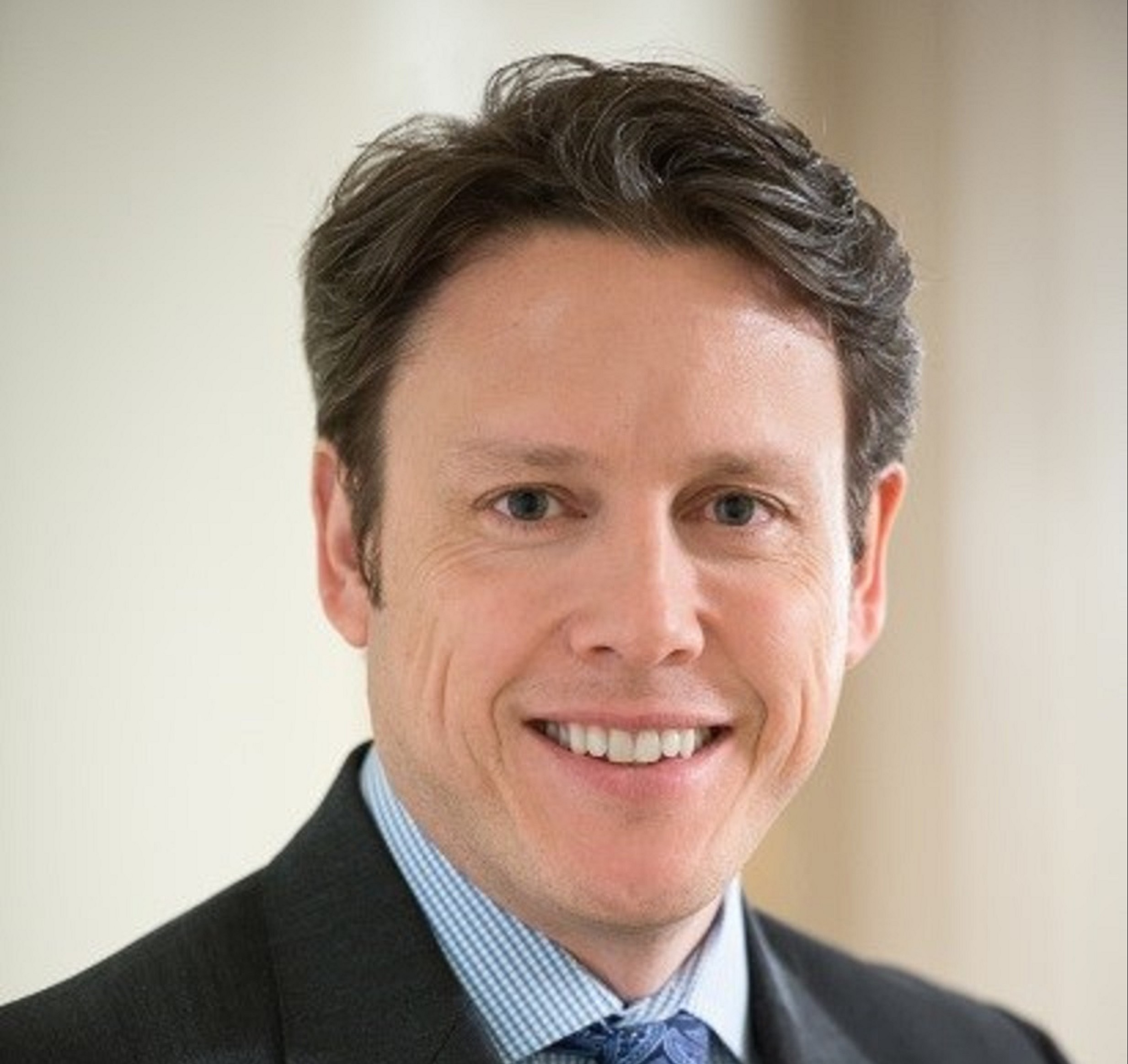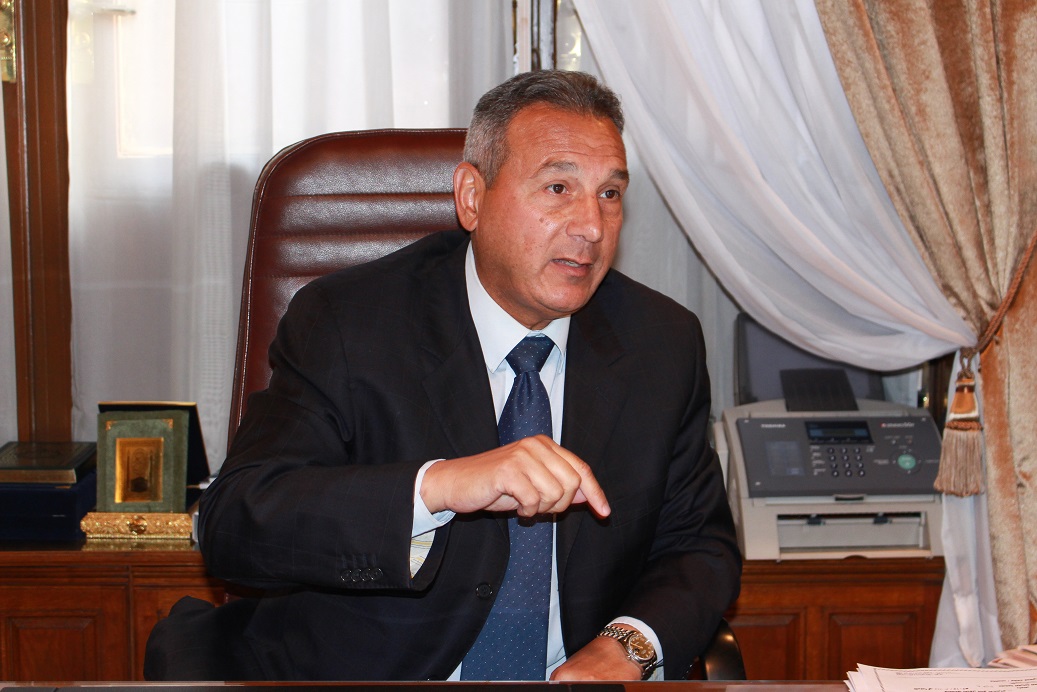A recent report by the Egyptian Islamic Finance Association (EIFA) highlights the robust performance of Islamic banking in Egypt. By the end of March 2024, the turnover of Islamic banking reached EGP 701bn, marking a substantial increase of EGP 157bn compared to March 2023. This impressive growth represents a 28.8% year-on-year expansion.
Market Share:
Islamic banking now constitutes 5% of the overall Egyptian banking market.
The Egyptian market includes 14 banks licensed by the Central Bank of Egypt (CBE) to offer Islamic financial products.
Among these, three banks operate exclusively as Islamic banks: Faisal Islamic Bank of Egypt, Al Baraka Bank Egypt, and Abu Dhabi Islamic Bank Egypt. Additionally, 11 other banks have Islamic branches alongside their traditional ones.
Branch Network:
The number of Islamic branches has grown to 264, with an increase of 10 branches compared to 2023.
These branches serve approximately 4 million customers.
Some traditional banks also hold Islamic financing licenses and offer Sharia-compliant services across all their branches. Nasser Social Bank is one such example.
Top Performers:
Faisal Islamic Bank of Egypt leads the pack with a turnover of EGP 217bn, capturing a 31% market share.
Abu Dhabi Islamic Bank – Egypt follows closely in second place, with a turnover of EGP 190bn (27.1% market share).
Banque Misr’s Islamic branches rank third, contributing EGP 133bn (19% market share).
Al Baraka Bank secures fourth place with a turnover of EGP 113bn (16.1% market share).
The United Bank rounds out the top five, with a turnover of EGP 16bn (2.2% market share).
Deposits and Financing:
Islamic deposits reached EGP 510.5bn by the end of March 2024, reflecting a 23.5% growth compared to March 2023. These deposits constitute approximately 6.5% of the total deposit volume in the Egyptian market.
Financing compatible with Islamic Sharia principles stands at EGP 576bn, representing a significant increase of EGP 145bn (33.8% growth). This amount corresponds to 5.4% of the total loan portfolio across all banks.
Microfinance Services:
Several companies have obtained licenses from the Financial Regulatory Authority (FRA) to provide microfinance services in accordance with Sharia.
‘Maksab’ holds the distinction of being the first company to receive such a licence.
Abu Dhabi Islamic Bank has also established a microfinance company adhering to Sharia controls.
‘Aman’ operates six branches dedicated to providing Sharia-compliant microfinance services.
Sharia-Compliant Financing
Many companies offering Sharia-compliant financing have obtained licenses from regulatory authorities, including Bedayati and Irada. These companies are also exploring the issuance of sukuk (Islamic bonds) to fund their clients in accordance with Sharia principles.
Mohamed El-Beltagy, president of the Egyptian Islamic Finance Association (EIFA), highlights the evolving landscape of Islamic banking in Egypt. Approximately 65 products now cater to clients, including savings vehicles, banking services, and financing and investment formulas.
However, there remains room for further innovation. The market needs additional products that align with Sharia guidelines across various sectors—individuals, companies, public bodies, financing firms, and small and medium enterprises (SMEs).
Challenges and Human Resources:
Developing and qualifying capable human resources is a key challenge in the Egyptian market. EIFA is actively addressing this by offering professional master’s degrees in Islamic finance through the General Council for Islamic Banks and Financial Institutions (CIBAFI). Additionally, the association provides specialized professional certificates and programs to enhance employee skills and deepen their understanding of the Islamic banking industry.
Global Outlook:
As of December 2023, the global Islamic banking industry’s assets reached approximately $4.5trn, according to international reports.
Projections indicate that by the end of 2027, the industry’s assets will grow to $6.6trn.
Worldwide, there are currently 1,871 Islamic financial institutions contributing to this growth.




